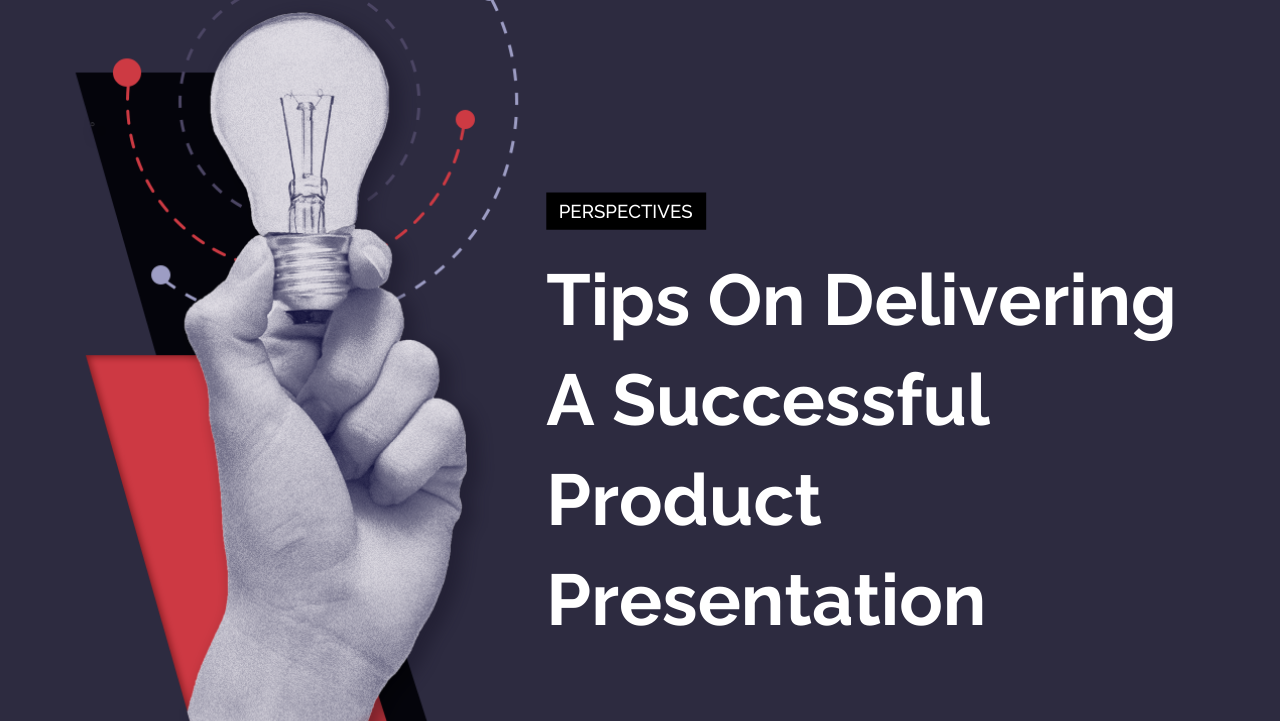If you’re building a web product you’re essentially responsible for the core of the business. It’s become so important for CEO’s of product businesses that I truly recommended making the CEO’s title chief product officer. So if you’re one of these CPO’s (that’s horribly close to being CP-30) you’ll need some guidelines to presenting good product data to your board or investors. Here are my recommendations for what to include in the presentation:
Tone
Wrap the presentation around a story. Our brains are well designed to string information together when it’s presented as a story.
Humans are much more likely to remember a story than they are to remembering facts or figures. Make sure the story relates to how this project will solve their pain points.
Core Idea
Start with the specific pain points that need to be identified and explained. Present these as questions that you are going to answer deeper into the presentation.
- What is the key problem that you are trying to solve for the user and how are you currently doing that?
- What is the key benefit that users get from the product?
- What will the user’s life look like when they have this new product or application?
- What is the return that investors will see from funding this project?
The Data
Data can be very boring so focus on what the data tells us, not on the numbers themselves. Make sure you show a couple of key numbers. You don’t need to show all the numbers, but have them available if anyone asks questions. ‘
If you’re presenting to a board or high-level management group you will definitely get a lot of questions about metrics. That doesn’t mean you need to have all of them in your presentation. You can include detailed metrics in the handouts or just have them accessible for when the questions come up.
Presentation Design
Avoid anything that distracts from the core message. Please, please, please don’t be tempted to use fancy fonts and effects. Keep it simple. The backgrounds should be solid colors with no patterns or textures. Patterns make it difficult to read. Anything under a font size of 16 will most likely be very hard to see from anywhere except the very front of the room.
Avoid bullet points if possible. Rather use statements or images to convey ideas or steps in a process. Remember, you’re a storyteller, not a robot.
Length and Timing
Most presentations about product upgrades, development life cycles, etc, can be fewer than 10 slides. My rule of thumb is to have no more than a slide per minute but recently I’ve been pushing that to one slide per 2 minutes of presentation.
The secret to getting this right is to have your presentation well-rehearsed so you’re not using your slides as the prompts.
Make it Delightful and Fun
Think about great storytellers; when they are excited and passionate that comes across in their delivery. If you are engaged in your presentation, your audience will be too. The way to get excited is to be prepared. Practice and share the presentation with friends or colleagues before the big day. Get feedback on what’s engaging and what’s boring.
Arrive Early
The best advice I ever got on presentations was to arrive early and spend time checking and double-checking the AV equipment. Go to the room early and make sure you can plug in, download your slides for the server, where you will stand so that you do not block the screen; do a microphone check; charge your batteries; take a printout of your presentation in case of power failure. The other benefit of arriving early is you’ll get time to meet some of the attendees and network a little. And after all, isn’t presenting just a fancy was to conduct a conversation.
